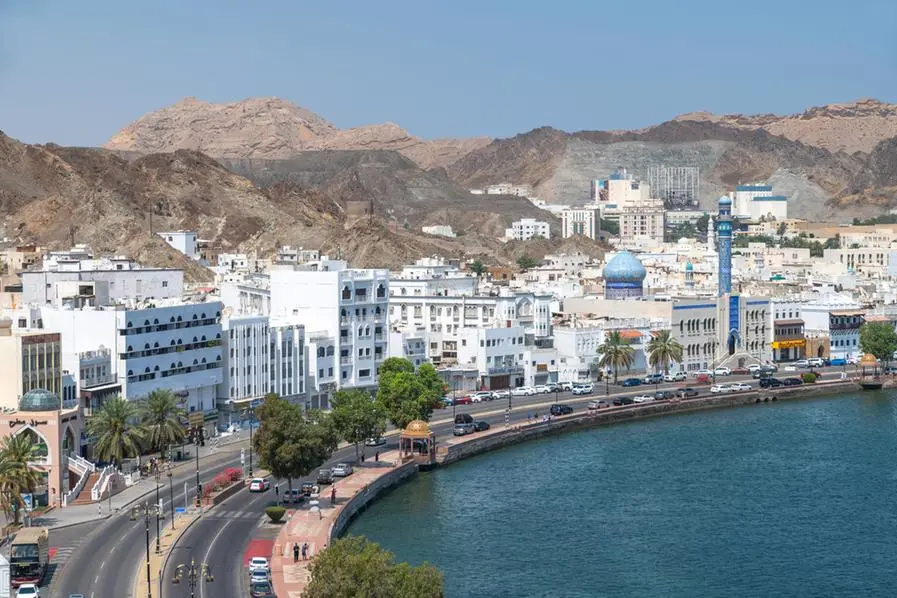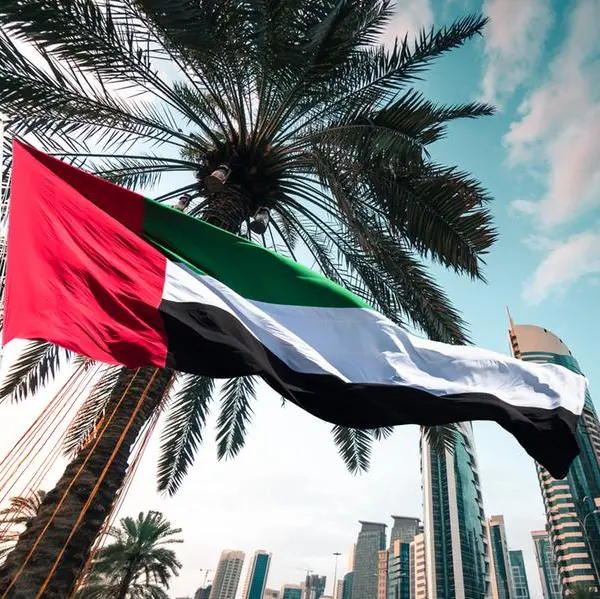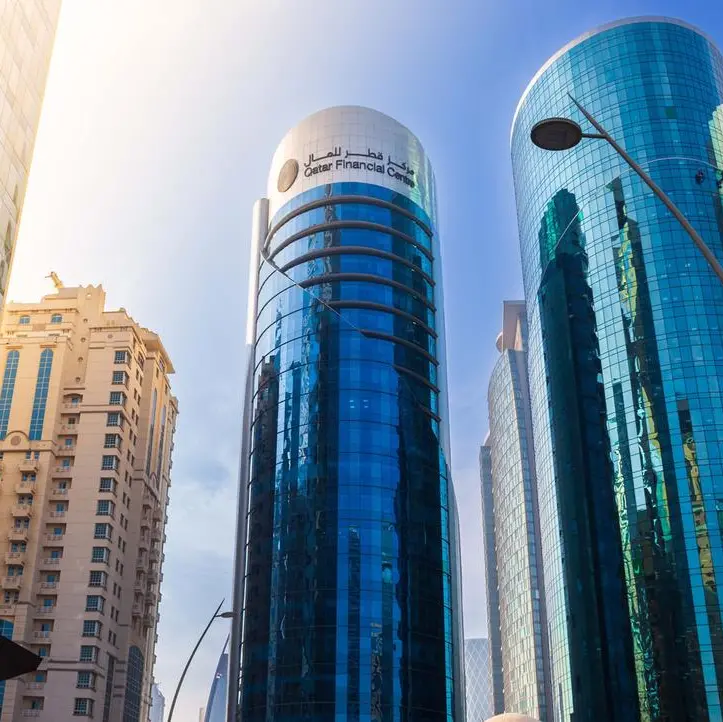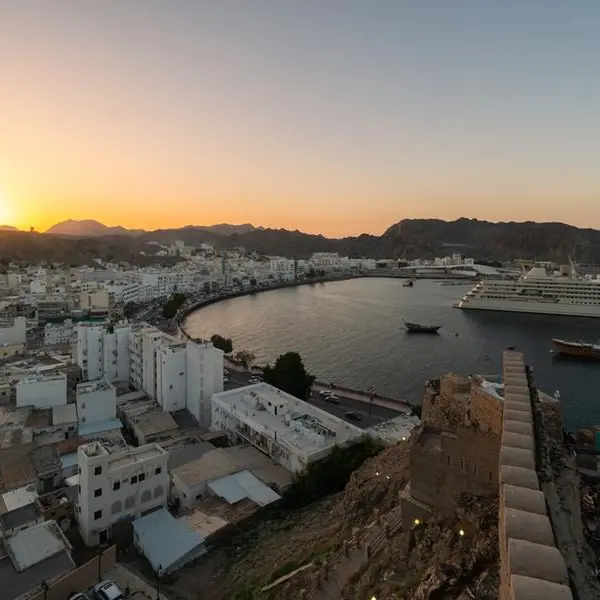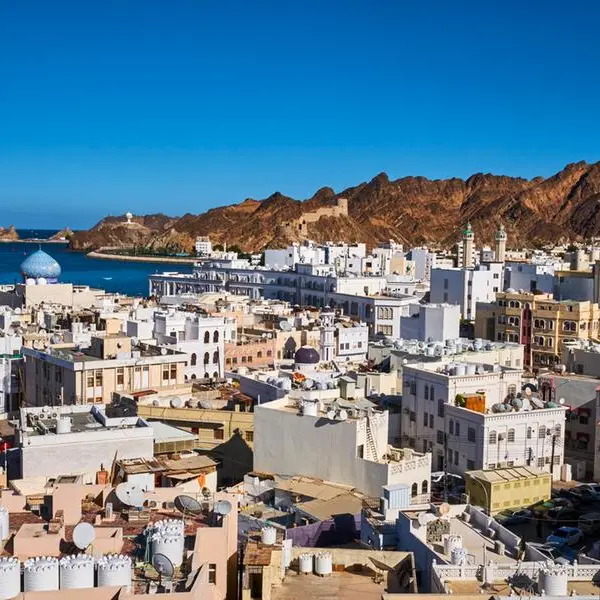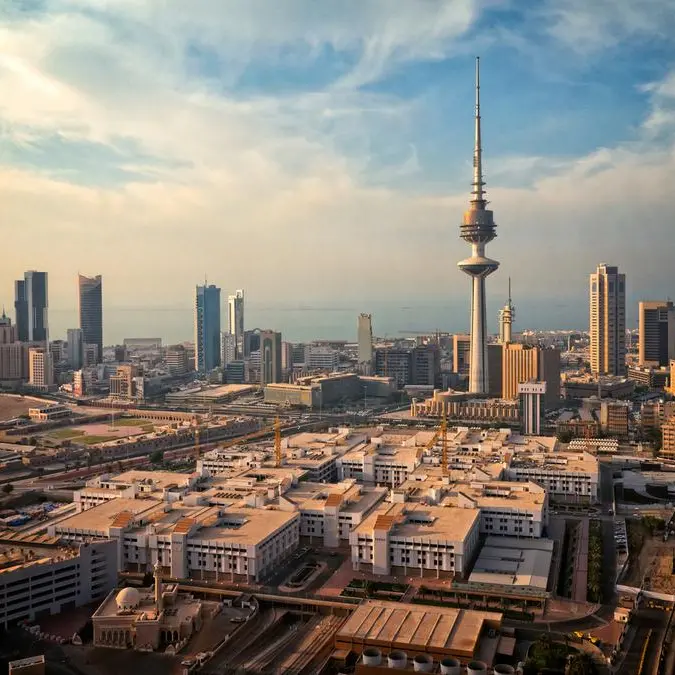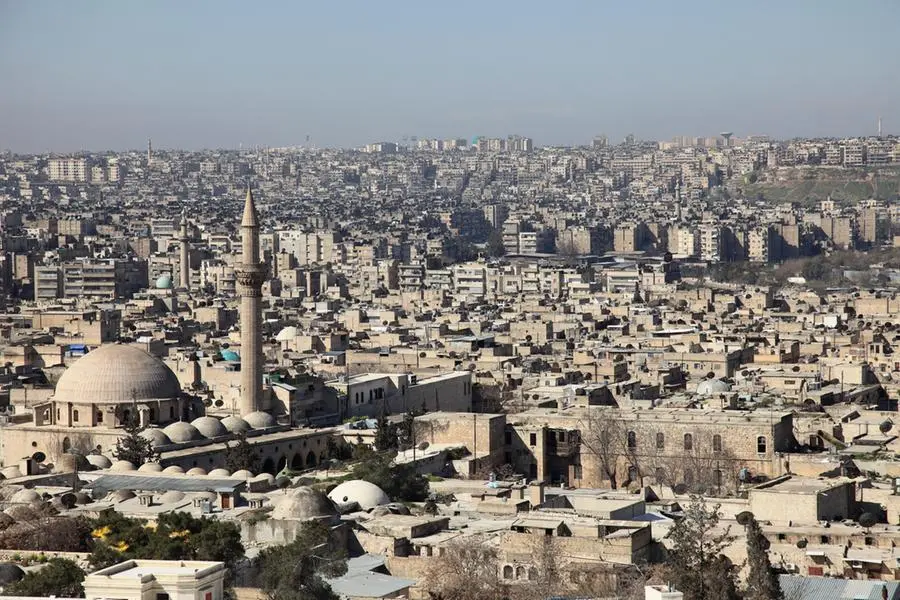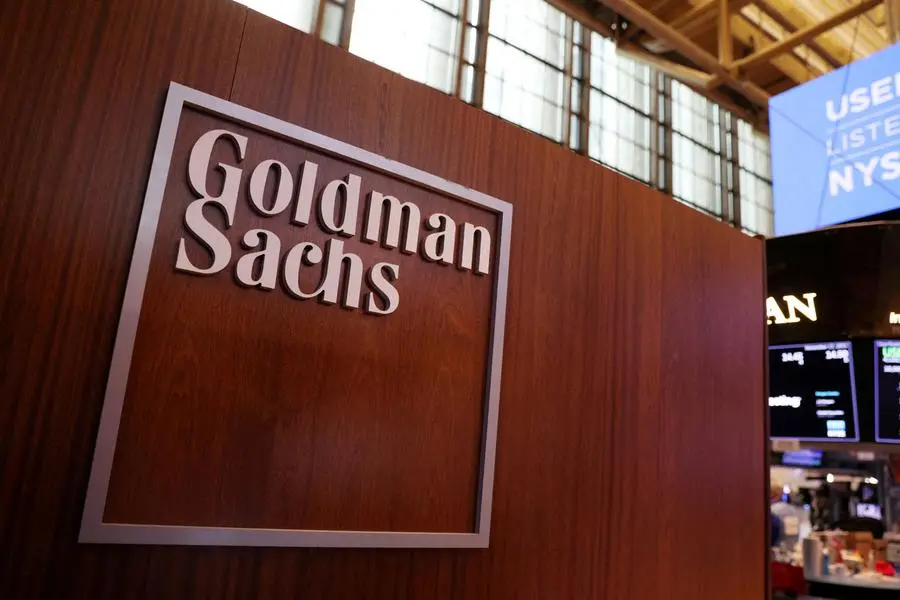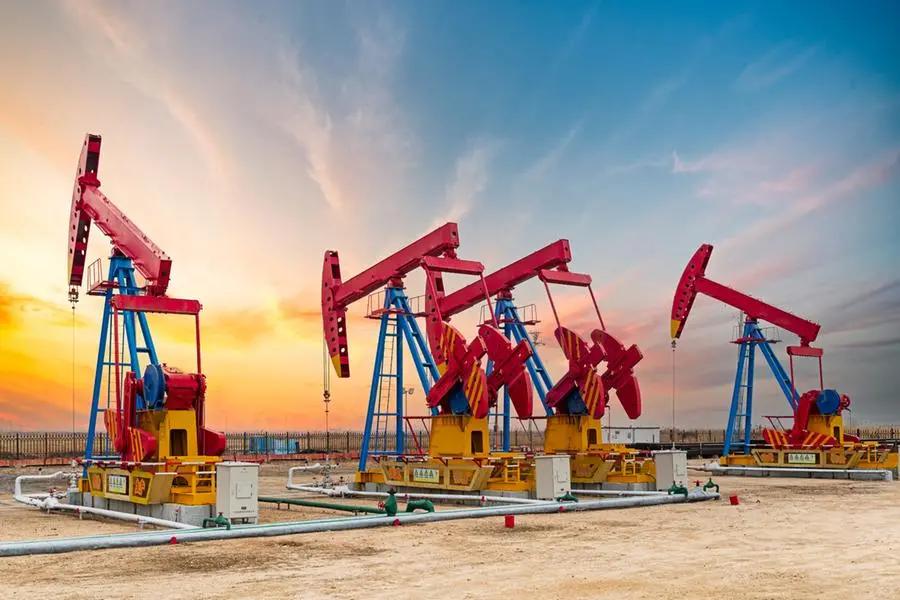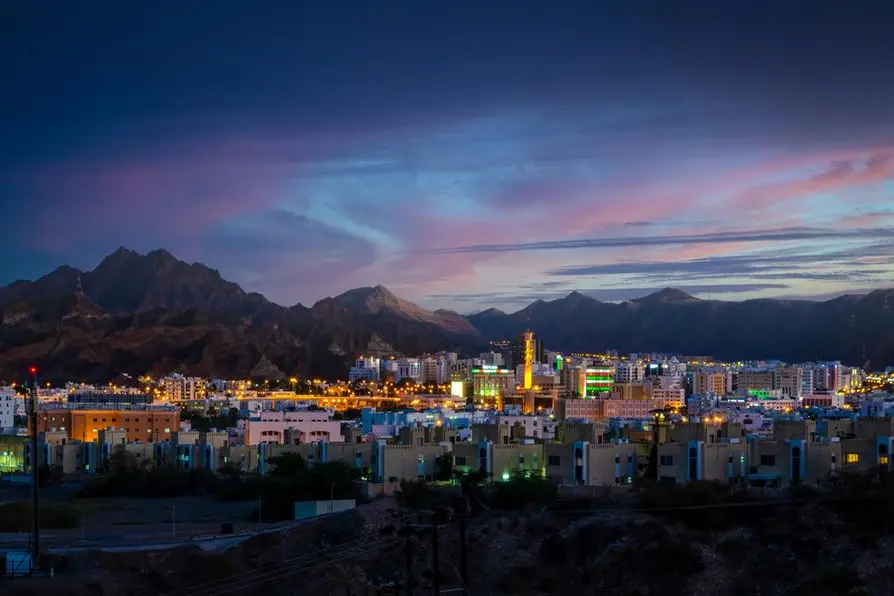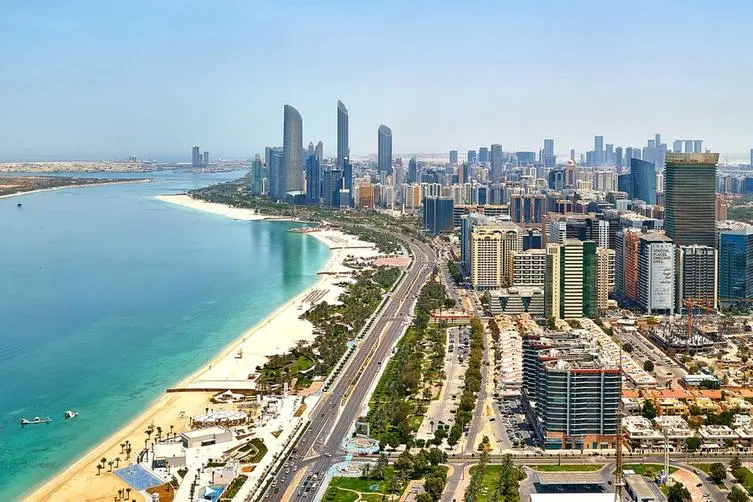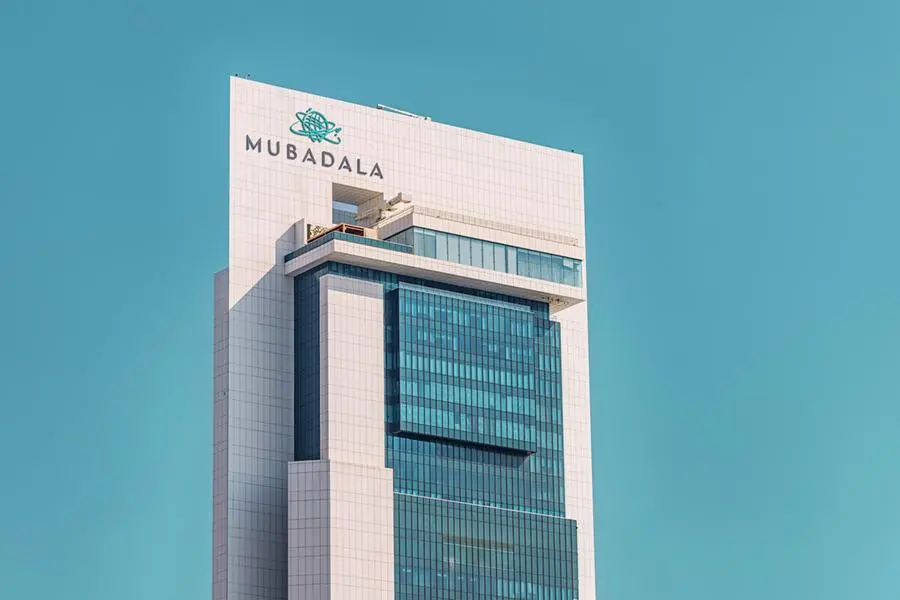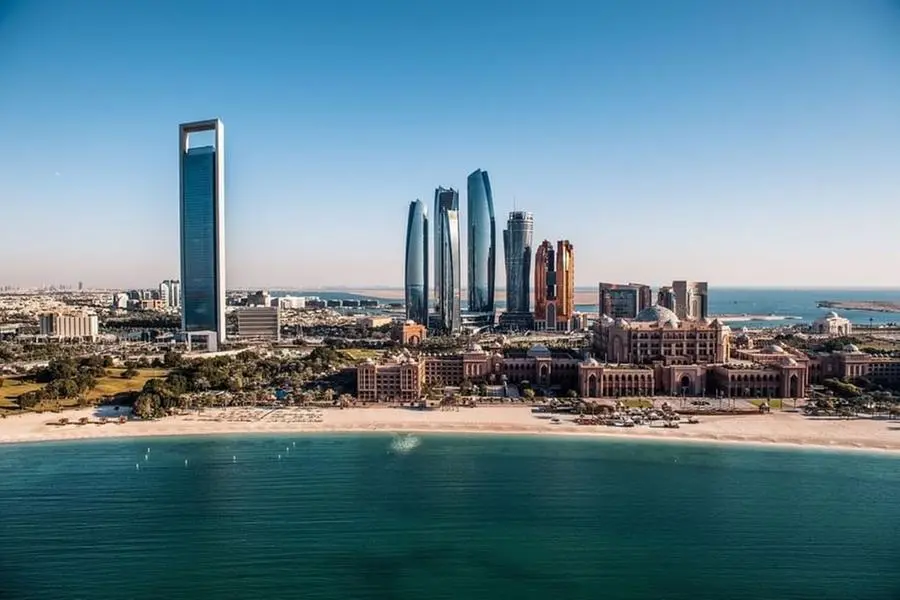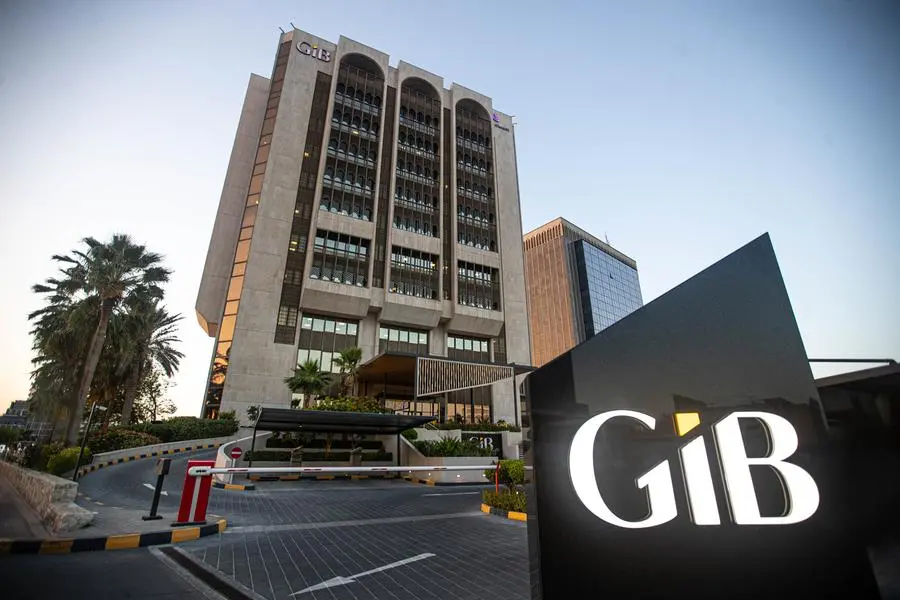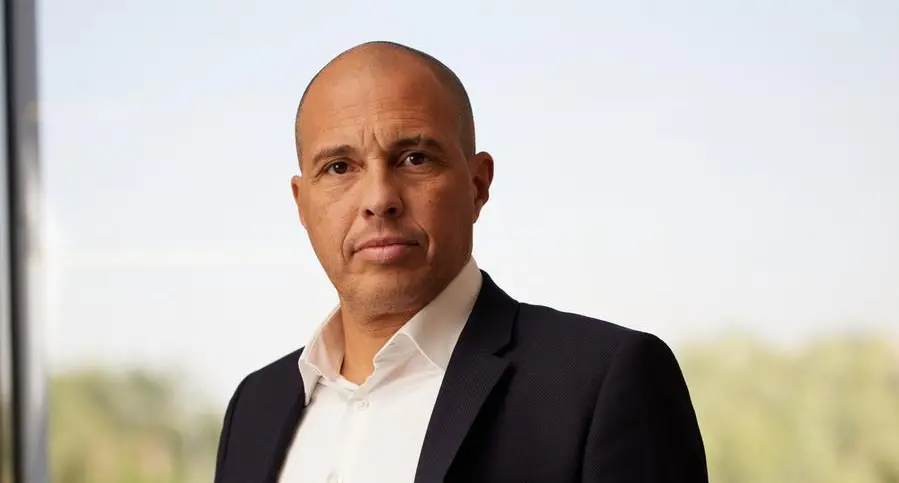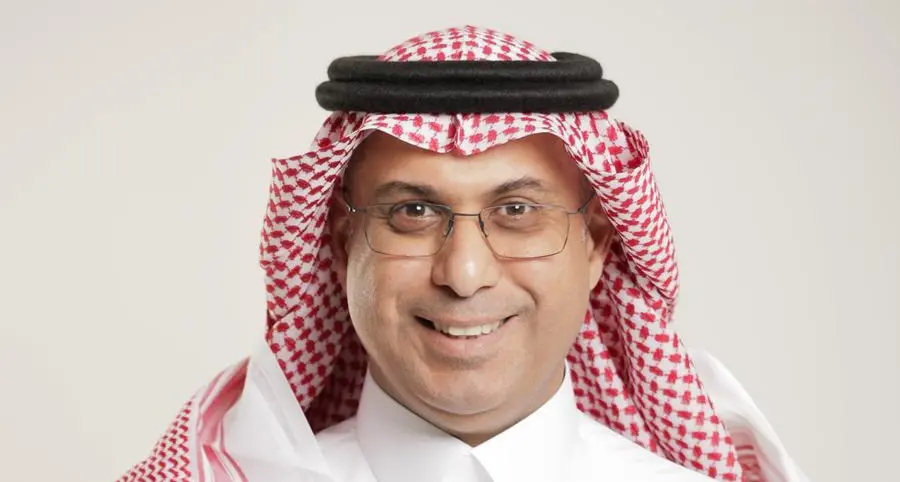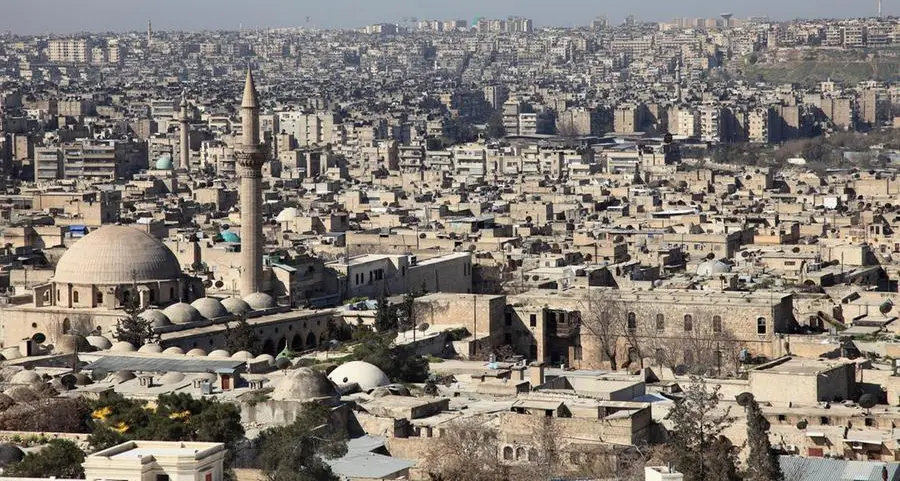PHOTO
MUSCAT: Private sector investment in Oman’s economic zones, free zones, and industrial cities surged significantly in 2024, reaffirming the nation’s growing appeal as a competitive regional hub for industry, logistics, clean energy, and commercial ventures. Oversight by the Public Authority for Special Economic Zones and Free Zones (OPAZ) has been pivotal in creating an enabling environment that attracted a total of 325 investment agreements during the year. According to Duqm Economist magazine, collectively, these agreements represent committed private investments exceeding RO 1.9 billion across six major jurisdictions.
The Special Economic Zone at Duqm (SEZAD) led the way with RO 1.15 billion in private sector investments. Although the overall declared figure was RO 300.48 million, the breakdown of sectoral allocations revealed a much higher total, underscoring Duqm’s strategic importance. The clean energy sector attracted RO 288.77 million, bolstered by mega-scale hydrogen and renewable energy projects. Tourism recorded a massive inflow of RO 850 million—likely reflecting commitments for resorts and leisure infrastructure—while industrial, residential-commercial, and agricultural projects added further diversity. In total, 22 agreements were formalised within SEZAD.
Sohar Free Zone followed with RO 712.58 million in committed investments across just nine agreements, demonstrating the large scale of individual projects, particularly in the industrial and logistics domains. Industrial activity accounted for RO 630.38 million, while logistics saw RO 82.2 million in capital inflows—strengthening Sohar’s position as a manufacturing and distribution powerhouse.
Salalah Free Zone secured RO 567.81 million from 16 agreements, with industrial investments comprising the lion’s share at RO 563.69 million. Commercial activities brought in an additional RO 4.13 million, pointing to auxiliary service developments supporting core industries.
Al Mazunah Free Zone, though smaller in scale, registered RO 745,000 in private investment through eight agreements. Industrial activity dominated, securing RO 700,000, with the remainder directed to commerce. Despite the modest figures, Al Mazunah remains strategically relevant due to its location near the Yemeni border and its focus on cross-border trade.
Khazaen Economic City (KEC) attracted RO 80.99 million from 39 agreements. The pharmaceutical sector took the lead, drawing RO 40 million—an indicator of growing interest in localised medicine manufacturing. Industrial ventures attracted RO 26.14 million, while food and logistics sectors saw investments of RO 11.6 million and RO 3.25 million, respectively.
Madayn, Oman’s public authority for industrial estates, recorded RO 244.81 million in private sector investments through a remarkable 218 agreements. Industrial activities led with RO 210.25 million, followed by commercial projects (RO 27.14 million), real estate (RO 3 million), and technology, logistics, and service-oriented investments. Notably, RO 1.5 million remained unspecified, suggesting ongoing negotiations or multipurpose allocations.
This robust investment performance not only reinforces investor confidence in Oman’s strategic geographic location and infrastructure but also aligns closely with Oman Vision 2040 goals. By facilitating diverse sectoral growth—from clean energy and pharmaceuticals to manufacturing and logistics—OPAZ’s zones are evolving into dynamic engines of sustainable economic development.
2022 © All right reserved for Oman Establishment for Press, Publication and Advertising (OEPPA) Provided by SyndiGate Media Inc. (Syndigate.info).
